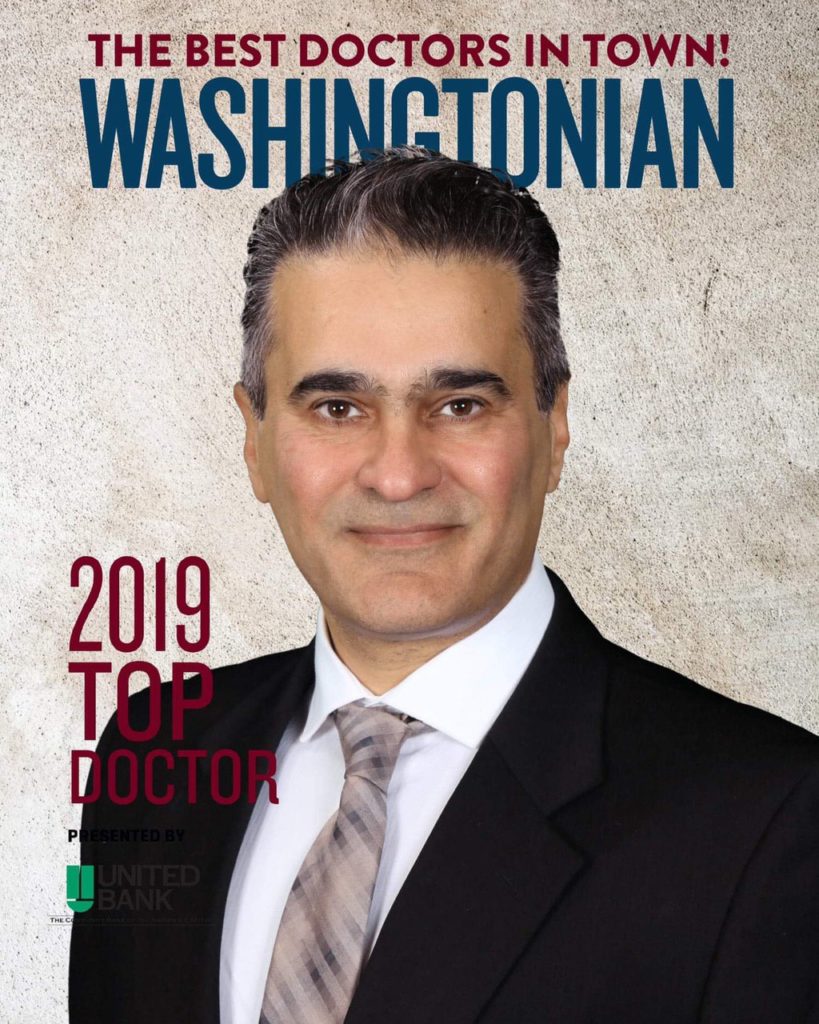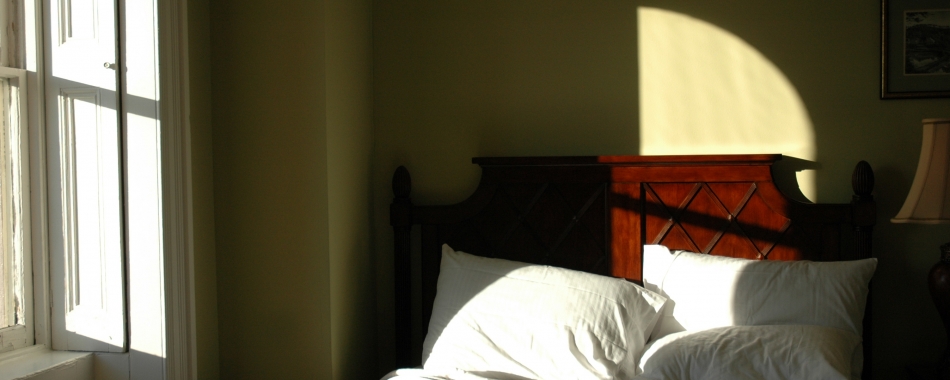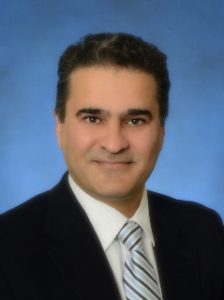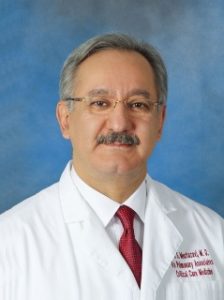
2019 Washingtonian magazine Top doctors



Accredited by AASM

 Behnam M. Goudarzi, MD is Medical Director of Sleep Disorders Center of Woodbridge. He practices sleep medicine, pulmonary and critical care medicine in Woodbridge, Virginia. He has active privileges at Sentara NorthernVirginia Medical Center and Inova Fairfax hospital.
Behnam M. Goudarzi, MD is Medical Director of Sleep Disorders Center of Woodbridge. He practices sleep medicine, pulmonary and critical care medicine in Woodbridge, Virginia. He has active privileges at Sentara NorthernVirginia Medical Center and Inova Fairfax hospital.
He was a top graduate of Tehran University of Medical Sciences. In 1997 he moved to New York for his medical residency at Nassau University Medical Center (SUNY at Stony Brook). Continue reading “Behnam M. Goudarzi, MD, FCCP, FAASM, DABSM”
 Ala S. Mortazavi, M.D. is the founder and medical director of Virginia Pulmonary Associates, P.C. in Woodbridge Virginia. Dr. Mortazavi finished his internal medicine training at Georgetown Department of medicine in Washington D.C. then he did his Pulmonary and Critical Medicine Fellowship with special interest in Sleep Medicine at Memorial -Sloan Kettering Cancer Center in New York, N.Y.. Continue reading “Ala Mortazavi, MD, FACP”
Ala S. Mortazavi, M.D. is the founder and medical director of Virginia Pulmonary Associates, P.C. in Woodbridge Virginia. Dr. Mortazavi finished his internal medicine training at Georgetown Department of medicine in Washington D.C. then he did his Pulmonary and Critical Medicine Fellowship with special interest in Sleep Medicine at Memorial -Sloan Kettering Cancer Center in New York, N.Y.. Continue reading “Ala Mortazavi, MD, FACP”
Sleep apnea (or sleep apnoea in British English; English pronunciation: /æpˈniːə/) is a sleep disorder characterized by abnormal pauses in breathing or instances of abnormally low breathing, during sleep. Each pause in breathing, called an apnea, can last from a few seconds to minutes, and may occur 5 to 30 times or more an hour.[1] Similarly, each abnormally low breathing event is called a hypopnea. Sleep apnea is diagnosed with an overnight sleep test called a polysomnogram, or “sleep study”.
There are three forms of sleep apnea: central (CSA), obstructive (OSA), and complex or mixed sleep apnea (i.e., a combination of central and obstructive) constituting 0.4%, 84% and 15% of cases respectively.[2] In CSA, breathing is interrupted by a lack of respiratory effort; in OSA, breathing is interrupted by a physical block to airflow despite respiratory effort, and snoring is common.
Regardless of type, an individual with sleep apnea is rarely aware of having difficulty breathing, even upon awakening.[3] Sleep apnea is recognized as a problem by others witnessing the individual during episodes or is suspected because of its effects on the body (sequelae). Symptoms may be present for years (or even decades) without identification, during which time the sufferer may become conditioned to the daytime sleepiness and fatigue associated with significant levels of sleep disturbance.
From Wikipedia: http://en.wikipedia.org/wiki/Sleep_apnea
The AASM Standards for Accreditation of Sleep Disorders Centers, and the guidelines incorporated in them, were developed by sleep medicine specialists whose knowledge enables them to tailor the requirements for the unique evaluation of sleep disorders patients.
Areas in which centers must demonstrate compliance to earn accreditation includes:
Personnel
Policies and Procedures
Data Acquisition, Scoring and Reporting
Patient Evaluation and Care
Quality Assurance and More
The AASM regularly reviews and updates the Standards for Accreditation of Sleep Disorders Centers to ensure that they reflect the latest advances in the diagnosis and treatment of sleep disorders.